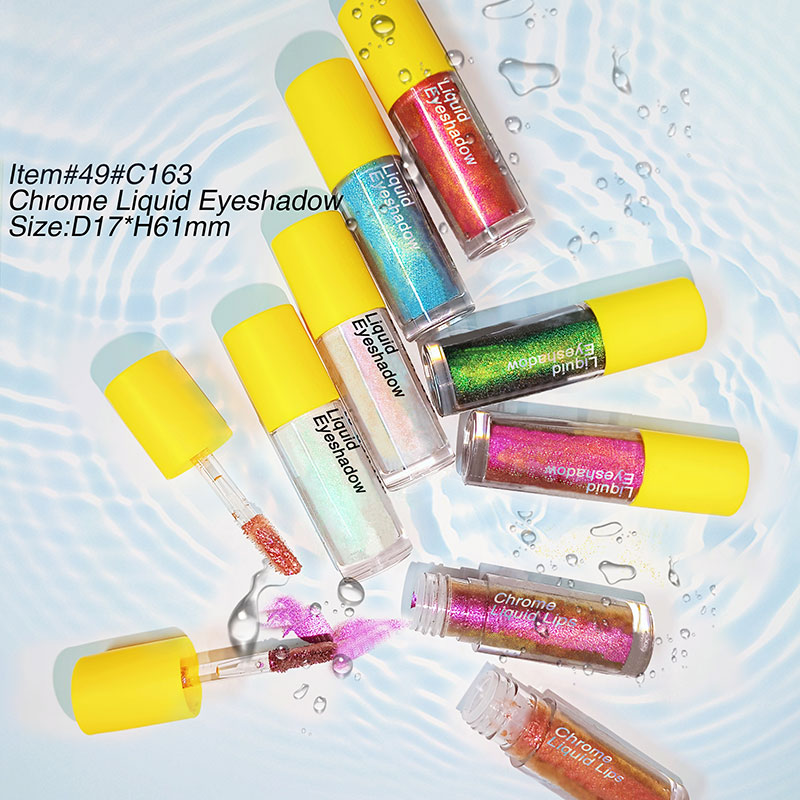What does Eye Cosmetics contain?
2023-11-10
Eye cosmetics, such as eyeshadows, eyeliners, mascaras, and eyebrow products, typically contain a variety of ingredients that serve different purposes. The specific formulation can vary between brands and products, but here are some common ingredients found in eye cosmetics:
1. Pigments and Colorants:
- These provide the color to the product. Pigments can be synthetic or derived from natural sources.
2. Binders and Fillers:
- These help the product adhere to the skin and provide texture. Common binders include waxes, oils, and polymers.
3. Emollients and Oils:
- These ingredients contribute to the texture and feel of the product. Common emollients include mineral oil, silicones, and various plant-based oils.
4. Thickeners:
- Thickeners are used to achieve the desired consistency of the product. Examples include waxes, clays, and polymers.
5. Preservatives:
- To prevent the growth of bacteria, fungi, and other microorganisms, eye cosmetics often contain preservatives. Common preservatives include parabens, phenoxyethanol, and benzalkonium chloride.

6. Antioxidants:
- Antioxidants help prevent the oxidation of ingredients, maintaining the stability and shelf life of the product. Vitamin E and rosemary extract are examples of antioxidants.
7. Emulsifiers:
- Emulsifiers are used to blend water and oil-based ingredients, creating a stable formulation. They are often found in cream-based eye products.
8. Humectants:
- Humectants help retain moisture in the product and can contribute to skin hydration. Glycerin and hyaluronic acid are common humectants.
9. Fragrances:
- Some eye cosmetics may contain fragrances to enhance the product's scent. However, fragrance-free options are also available for those with sensitive skin or allergies.
10. Film-Forming Agents:
- These ingredients help create a film on the skin, providing long-lasting wear for products like eyeliners and mascaras. Acrylates, polymers, and certain resins can serve as film-forming agents.
11. Vitamins and Botanical Extracts:
- Some formulations may include vitamins (e.g., vitamin C) and botanical extracts for additional skincare benefits.
12. Water:
- Water is a common ingredient in liquid or cream-based eye cosmetics, serving as a solvent and contributing to the product's overall texture.
It's important to note that the safety and suitability of eye cosmetics depend on individual sensitivities and allergies. If you have specific concerns or skin conditions, it's advisable to check the product's ingredient list and, if necessary, perform a patch test before applying the product to the eyes. Additionally, using products from reputable brands and following proper hygiene practices can contribute to a positive cosmetic experience.


